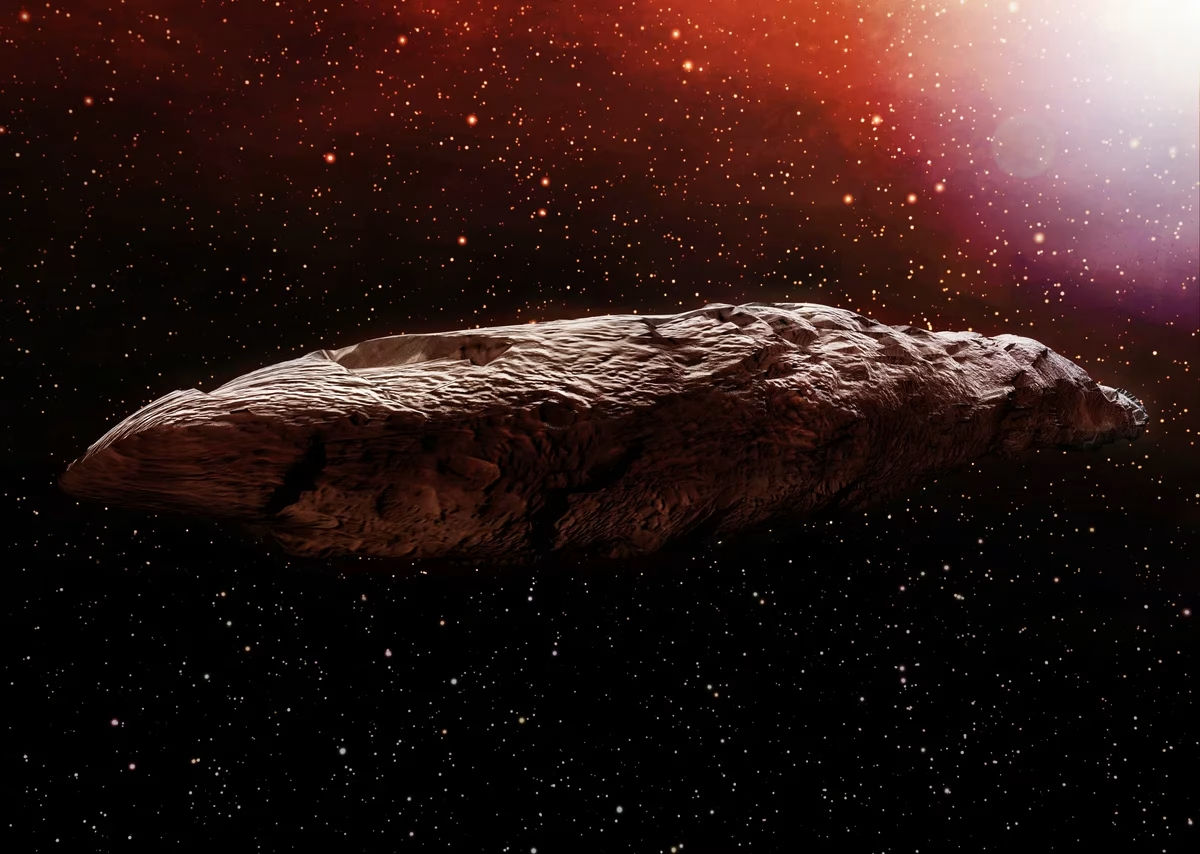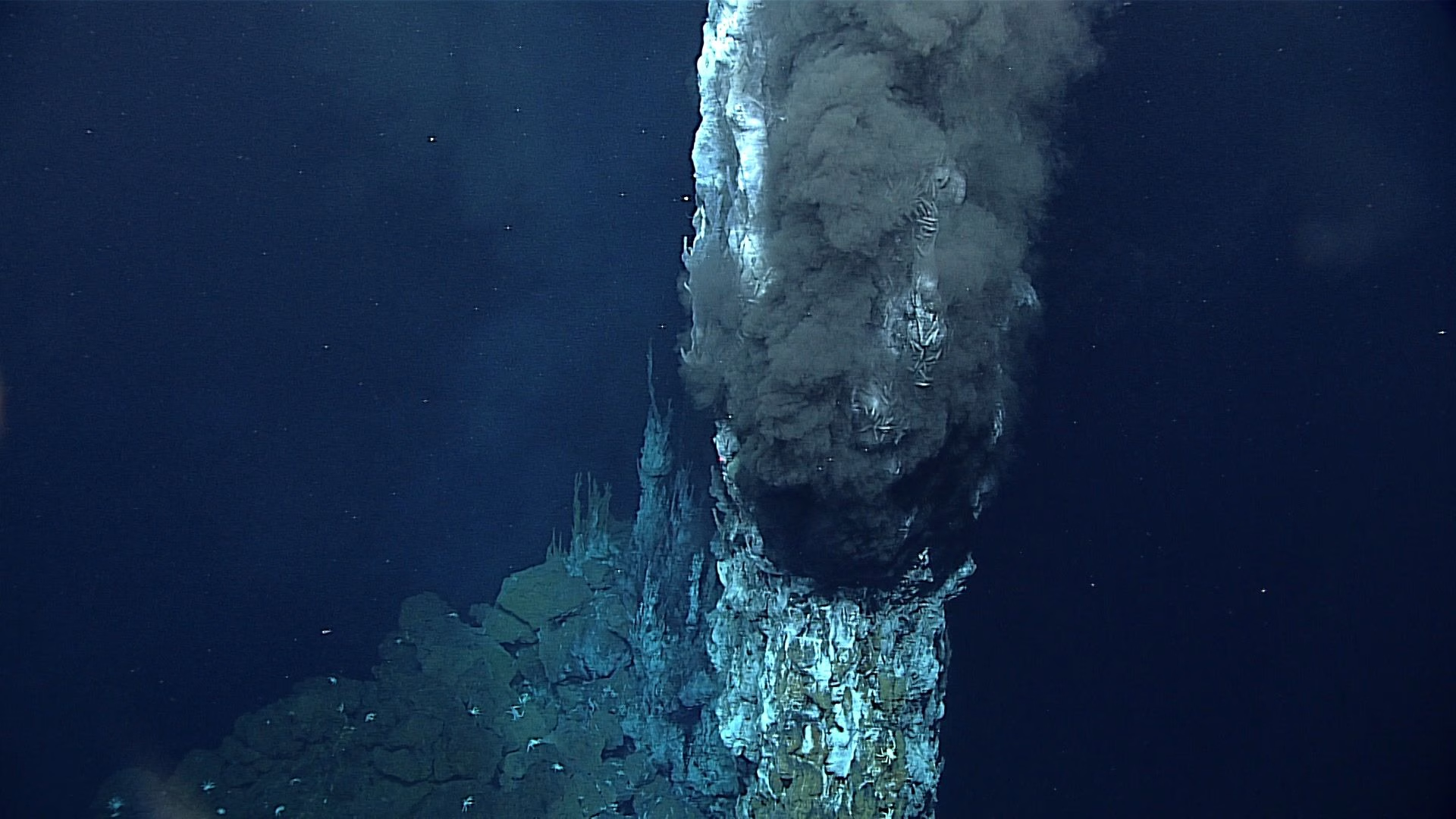Space is vast, dark, and endlessly mysterious. Though modern science has allowed us to explore the stars more deeply than ever before, many strange and unexplained objects continue to baffle astronomers and scientists alike. From rogue planets and interstellar visitors to eerie signals and dark, drifting anomalies, the cosmos is home to objects that seem almost too strange to be real.
Here is a deep dive into some of the strangest objects ever discovered floating in space—phenomena that raise more questions than answers, prompting us to rethink what we know about the universe.
1. ‘Oumuamua – The Interstellar Visitor
In 2017, scientists at the University of Hawaii detected an object hurtling through the solar system at an extraordinary speed. Named ‘Oumuamua, which means “scout” or “messenger” in Hawaiian, this was the first confirmed interstellar object to enter our solar system.
What made ‘Oumuamua so strange wasn’t just its speed and origin—it was its shape and behavior. It was long and cigar-shaped, unlike any comet or asteroid seen before, and it showed signs of acceleration, as if something was propelling it.
Despite several studies, scientists still don’t entirely agree on what ‘Oumuamua was. Some speculate it could be a fragment of an alien spacecraft or even an artificial light sail. The mystery remains unsolved.
2. The Black Knight Satellite
One of the most persistent space mysteries is the legend of the Black Knight Satellite. Believers in the theory claim that there is an unidentified object orbiting Earth in a polar trajectory, long before any man-made satellite was capable of such a feat.
First “photographed” by NASA in the 1960s, the object appears black, oddly shaped, and alien in design. While NASA dismissed it as space debris or thermal blankets from past missions, conspiracy theorists argue it’s an alien probe monitoring Earth. No definitive evidence has settled the debate.
3. Tabby’s Star and Its Mysterious Dimming
In 2015, astronomers observed a star—KIC 8462852, now famously known as Tabby’s Star—that exhibited irregular and massive dips in brightness, unlike anything ever seen before.
While stars can dim due to planets passing in front of them, the pattern here was unpredictable and too extreme to be caused by a planet. Some proposed dust clouds or debris fields are identified. But one of the more exciting and controversial theories suggested it might be a Dyson Sphere—a theoretical megastructure built by an advanced alien civilization to harness a star’s energy.
Although recent studies lean toward natural explanations, such as shattered exomoons or comet fragments, Tabby’s Star remains one of space’s most bizarre enigmas.
4. Rogue Planets
Rogue planets are planets that drift through space without orbiting a star. Thousands of these lonely worlds are thought to exist in the Milky Way alone.
What makes them strange is their formation and survival. Without a star, they receive no heat or light—yet some have been found emitting infrared radiation, suggesting internal heat sources. Some theories even suggest they might have subsurface oceans warmed by radioactive decay, raising the possibility of life.
A planet without a sun, floating endlessly through the darkness, is a haunting image—and yet, it’s real.
5. Fast Radio Bursts (FRBs)
First discovered in 2007, Fast Radio Bursts are intense, millisecond-long pulses of radio waves coming from far outside our galaxy. They appear suddenly and often, with some repeating and others not.
Their exact origin is unknown. They could come from neutron stars, black hole mergers, or something more exotic. Some even speculate that extraterrestrial technology is responsible for this phenomenon. What’s clear is they’re unlike anything else we regularly observe. Their energy is staggering—equivalent to the sun’s total output over days or weeks, packed into a fraction of a second.
6. The Wow! Signal
In 1977, astronomer Jerry Ehman, working with the Big Ear radio telescope at Ohio State University, recorded a powerful narrowband radio signal from deep space. The signal lasted 72 seconds and has never been detected again. Ehman circled it and wrote “Wow!”—hence the name.
The Wow! Signal perfectly matched what scientists would expect from a signal sent by intelligent life. Yet despite decades of searching, its source has never been found. It remains one of the best candidates for alien communication ever recorded.
7. Zombie Stars
Supernovae typically mark the violent death of stars. But in a bizarre twist, scientists have found stars that explode—and survive.
These so-called zombie stars defy known models of stellar death. One such star, known as iPTF14hls, exploded in 1954 and was seen exploding again in 2014. It continued to shine for years afterward. Current theories can’t fully explain how a star could go supernova multiple times and still exist.
It’s as if the cosmos decided to rewrite the rules of stellar death, leaving us scrambling for answers.
8. X-shaped Galaxies
Most galaxies have predictable shapes, including spirals, ellipticals, or irregular ones. But some, like galaxy 3C 223.1, appear to have an X-shape. These galaxies have four jets of radio emission instead of two, giving them an unusual cross-like appearance.
The reason behind these X-shaped galaxies could be past galactic mergers or the sudden reorientation of a black hole’s spin axis. Still, the mechanics behind these strange structures remain speculative.
9. The Boötes Void
Also known as the Great Void, the Boötes Void is a vast region of space that is almost devoid of matter. Spanning around 330 million light-years, it contains far fewer galaxies than expected.
The reason why such a massive area could be so empty is not fully understood. It defies models of large-scale cosmic structure and raises questions about how galaxies formed and spread across the universe.
10. The Pillars of Creation
Captured by the Hubble Space Telescope, the Pillars of Creation are towering columns of gas and dust in the Eagle Nebula. They look hauntingly beautiful and surreal, almost like celestial sculptures.
What’s strange is that scientists believe the pillars may have already been destroyed by a supernova thousands of years ago, but because of the time it takes light to travel, we’re still seeing them as they were when they were formed. It’s like looking into the past at something that may no longer exist.
11. Hoag’s Object
This perfectly circular ring galaxy, discovered by Arthur Hoag in 1950, is a cosmic oddity. It features a bright central core surrounded by a nearly perfect ring of younger stars.
The formation of this way is still uncertain. It doesn’t fit the standard formation patterns of known galaxies, and only a few similar objects have been found in the universe.
12. Mystery Radio Source 121102
Located in a dwarf galaxy about three billion light-years away, FRB 121102 is one of the only known repeating fast radio bursts. What makes it unique is that it repeats in bursts over time and comes from a highly magnetized environment, possibly near a black hole or neutron star.
The source continues to emit powerful radio bursts, and we still don’t know exactly what’s causing them.
13. The Galactic Blob
In 2009, scientists discovered a massive, glowing blob of hydrogen gas in the early universe, emitting light with no visible galaxies nearby. The structure, known as Himiko, defies explanation. It’s over 10 billion light-years away and may represent a new type of galaxy or an unknown phase of galactic evolution.
14. Dark Matter Halos
We can’t see dark matter, but we know it exists because of its gravitational effects. Some galaxies appear to contain more dark matter than visible matter, while others contain almost none at all, challenging our understanding of how matter works in the universe.
Dark matter halos are massive, invisible structures that surround galaxies, and we’re still trying to understand what they’re composed of and how they interact with the rest of the cosmos.
15. Planet Nine (Maybe)
For years, astronomers have theorized the existence of a massive planet lurking far beyond Pluto, known as Planet Nine. While we haven’t observed it directly, its gravitational influence might explain the strange orbits of several distant objects in our solar system.
If it exists, Planet Nine would be several times larger than Earth and take thousands of years to orbit the sun. Until it’s found, it remains one of the most intriguing mysteries in our cosmic backyard.
Conclusion
The universe is filled with awe-inspiring phenomena, many of which stretch the boundaries of science, logic, and imagination. These strange objects floating in space remind us that, for all we think we know, we’ve only just begun to scratch the surface of the cosmos. As technology advances and our exploration deepens, one can only wonder what other bizarre and beautiful mysteries await discovery.




